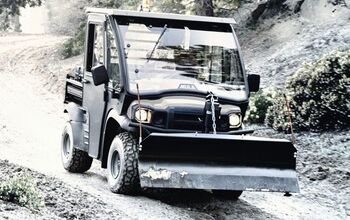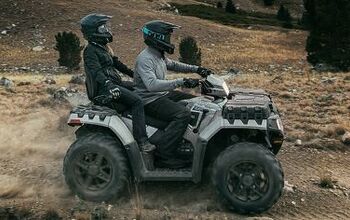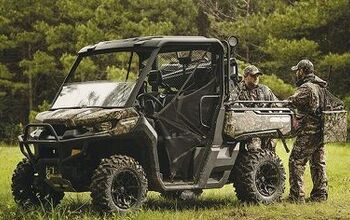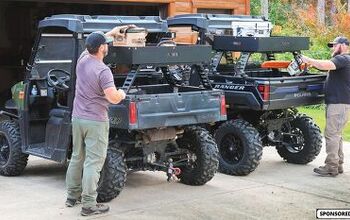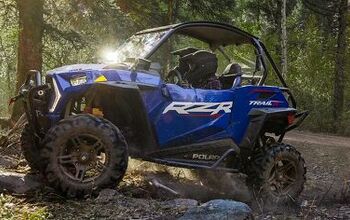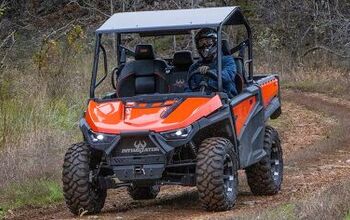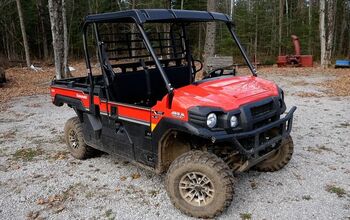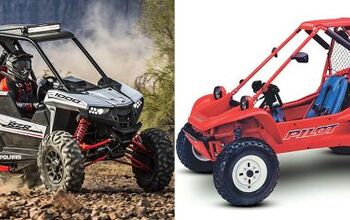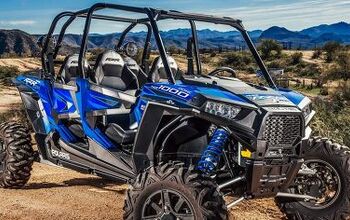What Kind of Tires Should I Put on My ATV?

Selecting the right tire for your all-terrain-vehicle (ATV) isn’t a straightforward task. It involves considering several factors like intended terrain, tread pattern, price, and so on, and a fair amount of preference as well. So what should you weigh in your decision, and what should matter in such? Let’s explore the factors at hand.
Terrain and Tire Type: Identify the predominant terrain you'll be riding on— mud, rocks, trails, sand, etc. Different tires are designed for specific terrains to optimize traction and performance. This in turn dictates the type of tire to seek out, which are classified as follows:
- All-Terrain Tires (A/T): Versatile for various terrains but may not excel in extreme conditions.
- Mud Tires (M/T): Have aggressive tread patterns for deep mud and rough terrain.
- Trail Tires: Balanced for general trail riding, offering a mix of traction and durability.
- Rock Tires: These are extremely grippy tires designed to maximize climbing and descending ability.
- Sand Tires: Wide, paddle-like designs for flotation and traction in sand.
- Snow Tires: Composed of a compound that doesn’t become rock hard in cold temperatures, and easy to install studs in.
- Turf/Grass Tires: Designed to minimize the impact of an ATV on turf, grass, or sod.
Bear in mind that you may need a tire that doesn’t do solely one of the tasks into which it’s categorized, so you might have to make priority-related decisions on this front. It’s important to evaluate things on a give-and-take basis; for example, an A/T will be good on fire roads, on the rocks, and decent in the mud, but a mud tire will do worse on fire roads and wear quicker. For the rider with a very diverse riding, owning multiple sets of tires on separate wheels might be the easiest (though not the most cost-efficient) method. Snow tires and sand tires don’t exactly work on the other’s terrain, and even A/Ts can falter in deep sand or snow.
Tire Size: Check your ATV's manual for the recommended tire size. Larger tires provide more ground clearance and can improve traction by way of a larger contact patch, but can negatively affect handling and speed. They can also increase wear on drivetrain components, worsen fuel economy, and possibly rub on body parts like plastics if too large. A tire one size up from stock is usually a safe bet.
Tread Pattern: Look for tread designs that match your riding needs. Deeper and more spaced-out lugs offer better traction in mud, while tightly packed treads work well on hard surfaces.
Profile: Do you want a rounder or more squared off tread profile? Some tires have a more gradual angle going from tread to sidewall while others are more block-esque. The difference in performance isn’t huge, but some riders prefer one type or another for various reasons. Your mileage may vary.
Durability: Consider the tire's construction and durability based on your usage. One method here is to consider the number of plys that the tire has, as more generally means stronger. Still, it’s important to consider the construction of the tire; things like how puncture-resistant they are can make or break a ride.
Weight: Durability and weight are generally mortal enemies. Adding weight to each corner has pros and cons. On the upside, it helps lower center of gravity (COG), which aids in stability especially when off-camber or in instances of extreme suspension flex that threaten lifting a tire off the ground. However, heavier tires contribute to quicker wear on drivetrain components, worsen fuel economy, and hamper acceleration.
Brand and Reviews: Research different tire brands and read reviews from other ATV riders to get insights into performance, longevity, and reliability. Take everything with a big grain of salt, but reliable sources and especially the experiences of those you trust can help make a decision.
Budget: Set a budget and explore tires within that range. Sometimes higher-priced tires offer better performance and durability, but that’s not always the case. It’s also worth considering whether you want or need a set of five, so that the spare (should you own and carry one) matches the other tires, as this adds in an extra expense that can affect budget.
Regulations: Ensure the chosen tires comply with local regulations and any trail requirements.
Preference/taste: Emotion is a huge part of many ATV-related purchases, most times including the four-wheeler itself. So when it comes to tires, the heart is going to play a part possibly as much as the head. If you hate the way a tire looks before you buy it, you're probably going to hate how it looks on your machine.
Easy-to-find: If you’re riding your ATV in ultra-remote places, it might make sense to go with a more common, easily-findable brand of tire. Why? Should you need a replacement, you’re best off getting a tire that matches your existing set. Larger, more well-established and popular brands are usually easier to get your hands on in dire circumstances.
Once you've considered these factors, you can make an informed decision about the type of tire that best suits your ATV and riding style. And should you not be a fan of whatever it is you buy, there is always the option of selling the set on Facebook Marketplace or Craigslist, so you can turn the money around and try another tire. In any capacity, choosing a tire for your ATV should be a fun experience. It can certainly be overwhelming given the number of good options out there, but as the choice can directly impact your quad’s performance, it’s worth doing your research and taking all of the above factors into consideration before making a purchase.

Ross hosts The Off the Road Again Podcast. He has been in the off-road world since he was a kid riding in the back of his dad’s YJ Wrangler. He works in marketing by day and in his free time contributes to Hooniverse, AutoGuide, and ATV.com, and in the past has contributed to UTV Driver, ATV Rider, and Everyday Driver. Ross drives a 2018 Lexus GX460 that is an ongoing build project featured on multiple websites and the podcast and spends his free time working on and riding ATVs.
More by Ross Ballot



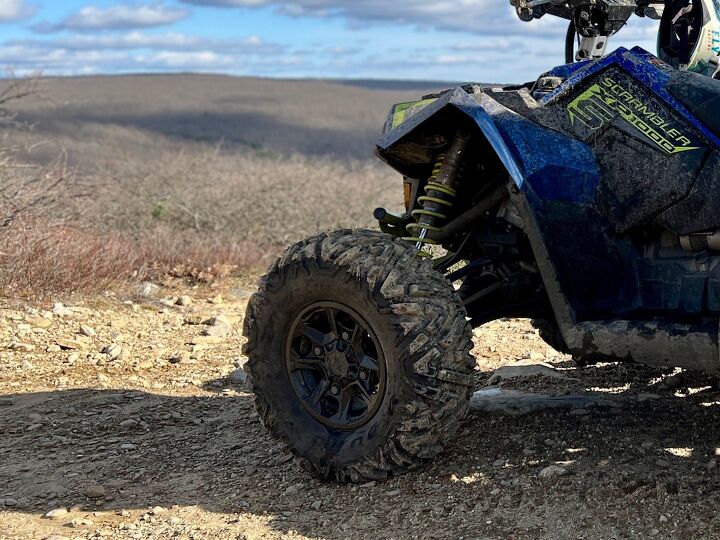














![Don't Try This at Home: Muddy Crash [video]](https://cdn-fastly.atv.com/media/2022/10/24/8744120/don-t-try-this-at-home-muddy-crash-video.jpg?size=350x220)


